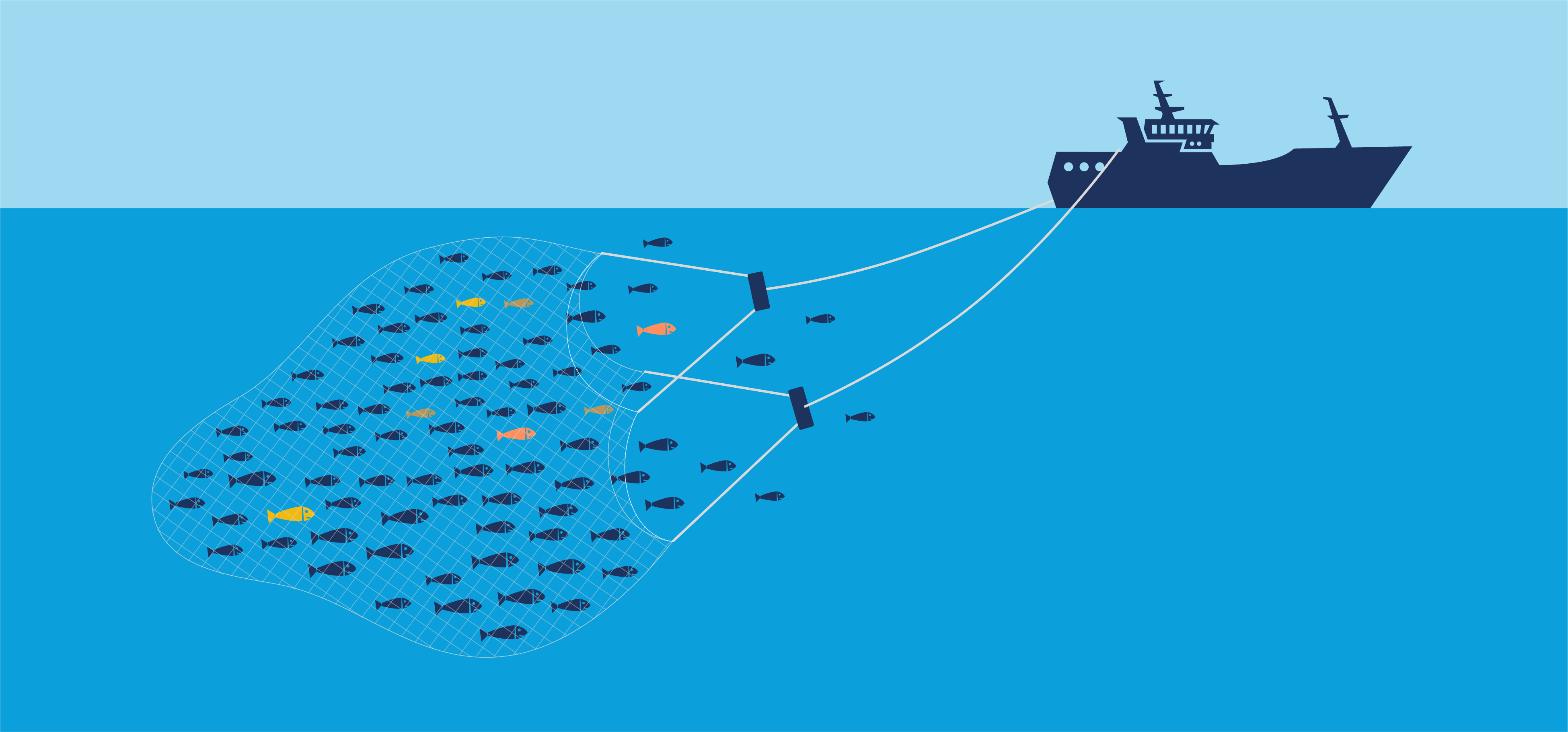
A sustainable industry
TAC’s and quotas
The Danish fishmeal and fish oil industry is fully aligned with the EU fisheries management, adhering to the principles of maximum sustainable yield (MSY). This long-term management approach is designed to ensure the exploitation of marine resources is conducted in a manner that is economically, environmentally, and socially sustainable.
The determination of Total Allowable Catches (TACs) lies within the purview of the Council of Fisheries Ministers, relying on a proposal from the European Commission. This proposal is rooted in scientific counsel provided by the International Council for the Exploration of the Sea (ICES) and the Scientific, Technical, and Economic Committee (STECF). The latter comprises independent scientists tasked with advising the Commission on various facets of fisheries policy.
Significantly, the Commission’s proposal incorporates substantial contributions from stakeholders with Advisory Councils (ACs) playing a pivotal role in shaping decisions.
European small pelagic fish species’ fisheries adhere to rigorous standards, holding certifications from the Marine Stewardship Council (MSC) and MarinTrust. Detailed information on certifications can be accessed by clicking here
In the EU and Europe, quota settings for small pelagic fish species are meticulously guided by scientific recommendations from ICES. For the latest ICES advice, interested parties can refer to this resource here
While forage fish fisheries in Europe, including species such as Sandeel, Sprat, and Norway pout, are generally regarded to have a minor impact on biodiversity, the recent technical service from ICES highlights the ecosystem considerations for single stock advice related to forage fish species in ICES advice. This response underscores the commitment of ICES to evaluate and incorporate ecosystem considerations into its advice and delves into the methodologies and principles guiding ICES in assessing forage fish species. Notably, when establishing a quota for a particular species, ICES takes into account its consumption by other predators. This evaluation involves the use of an ecosystem model to estimate the number of predators in the ocean and their expected prey consumption. The method employed by ICES in this context has been praised for its robustness, with the available historical data-set for the North Sea being particularly highlighted. This approach exemplifies how ecosystem considerations are integrated into single-species management decisions.

